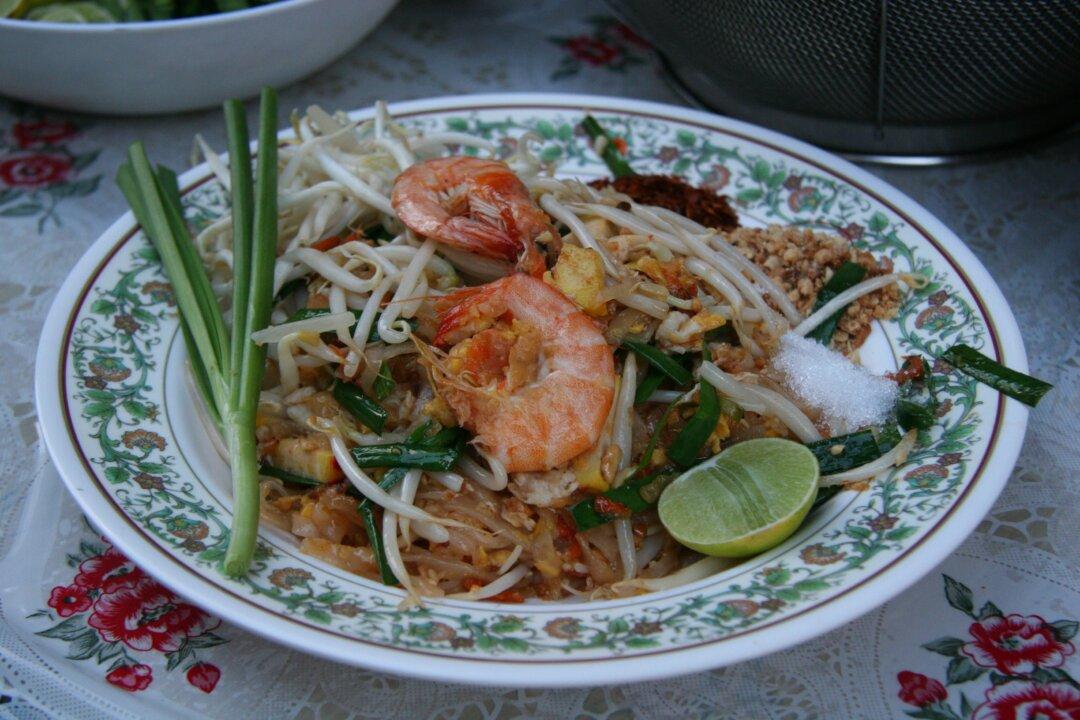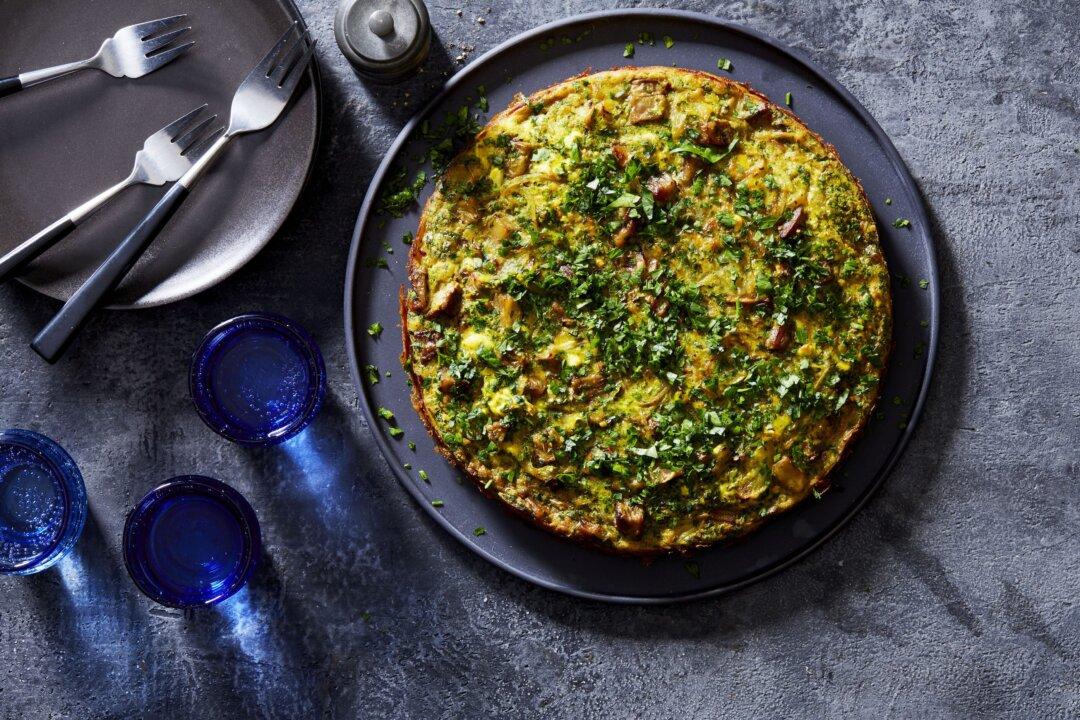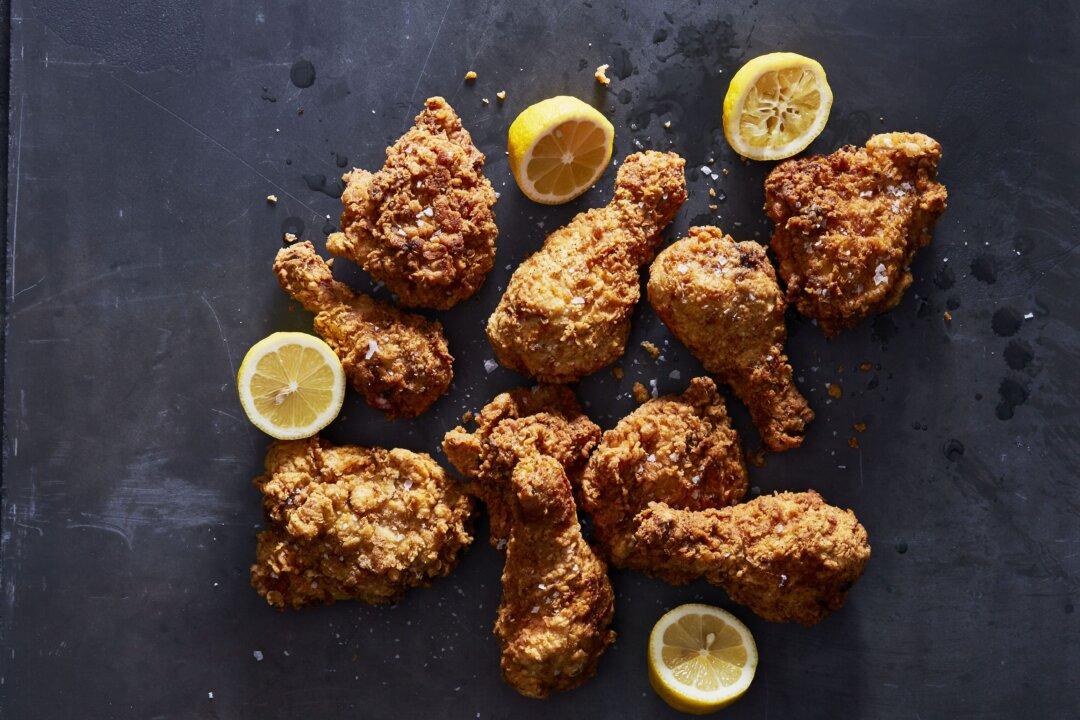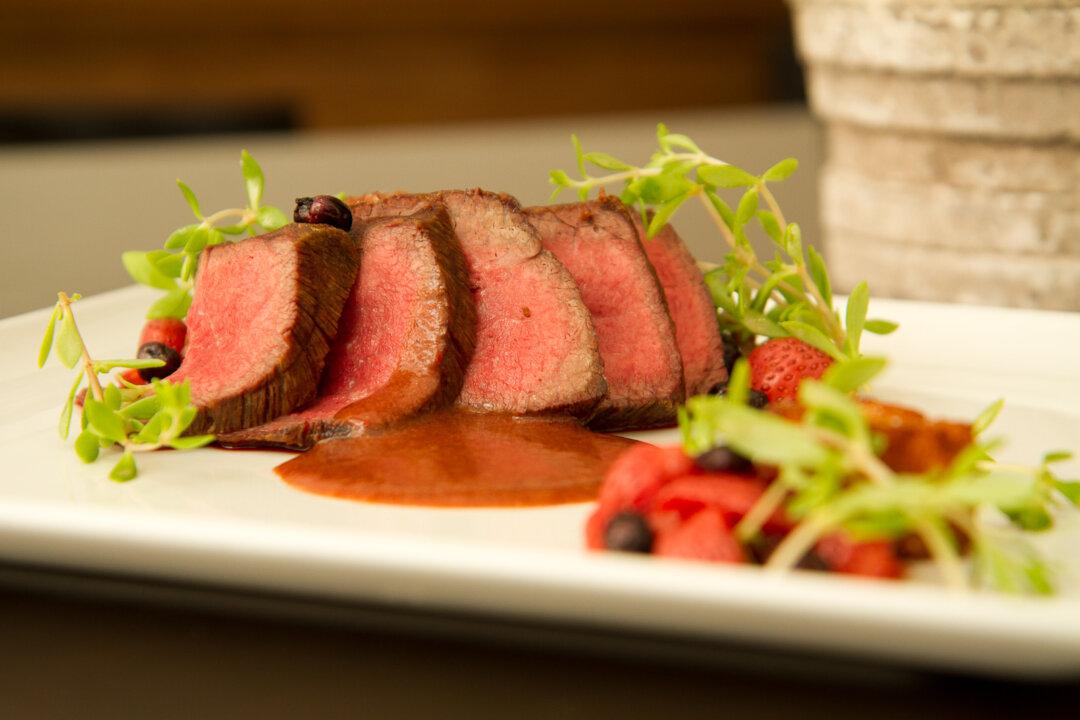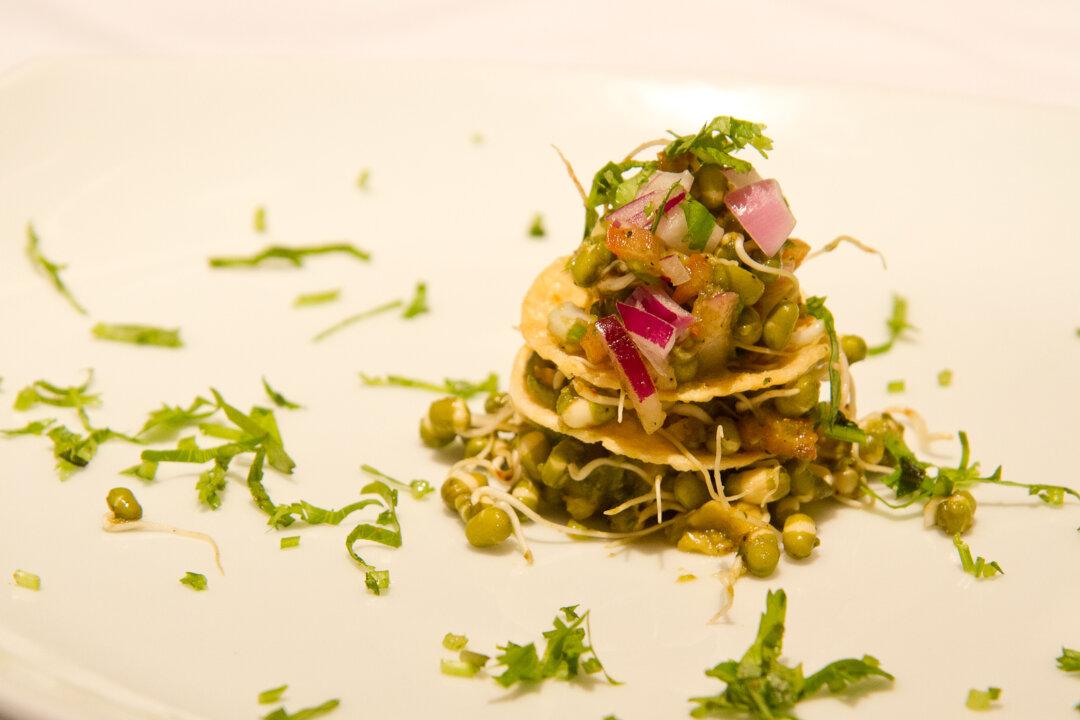BANGKOK—Thai cooking is celebrated as one of the premier cuisines in the world. Over the past roughly 20 years, its popularity has grown so much that Thai restaurants have sprung up in almost every town in North America. Most Thai street venders would be amazed to know that “pad Thai” has become a household word in America.
Over the centuries, Thai cooking has had many influences. Chinese food was a major one since the ‘Tai’ people originally migrated from valley settlements in the mountainous region of Southwest China (now Yunnan province) between the 6th and 13th centuries. They settled into what is now known as Thailand, Laos, the Shan States of upper Burma, and northwest Vietnam. Foreign trade was also important influencing factor. The Portuguese brought their sweets to King Narai’s court in the 17th century and some say Buddhist monks from India brought curry to Thailand. Other traders brought Persian and Arabian recipes and spices.

